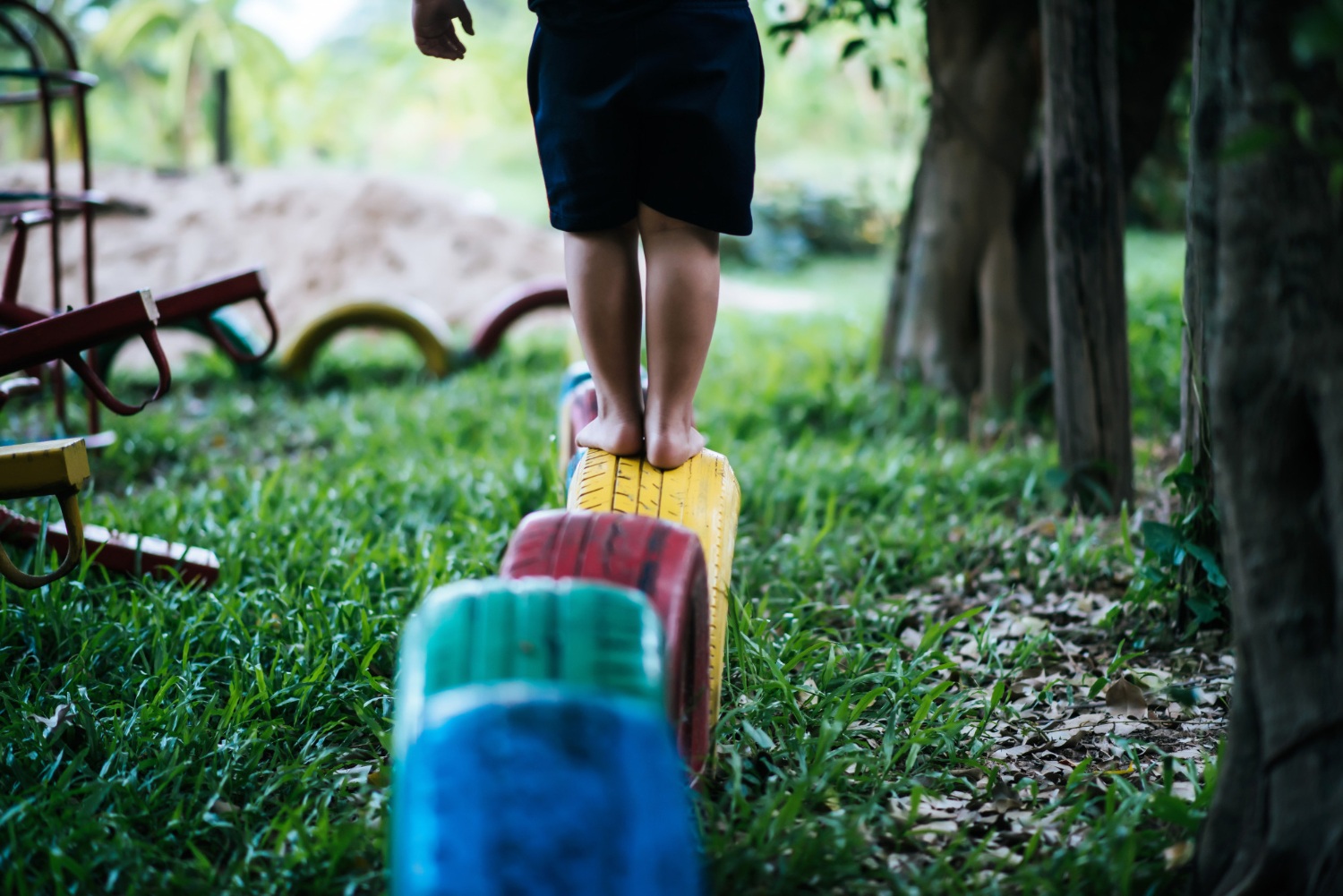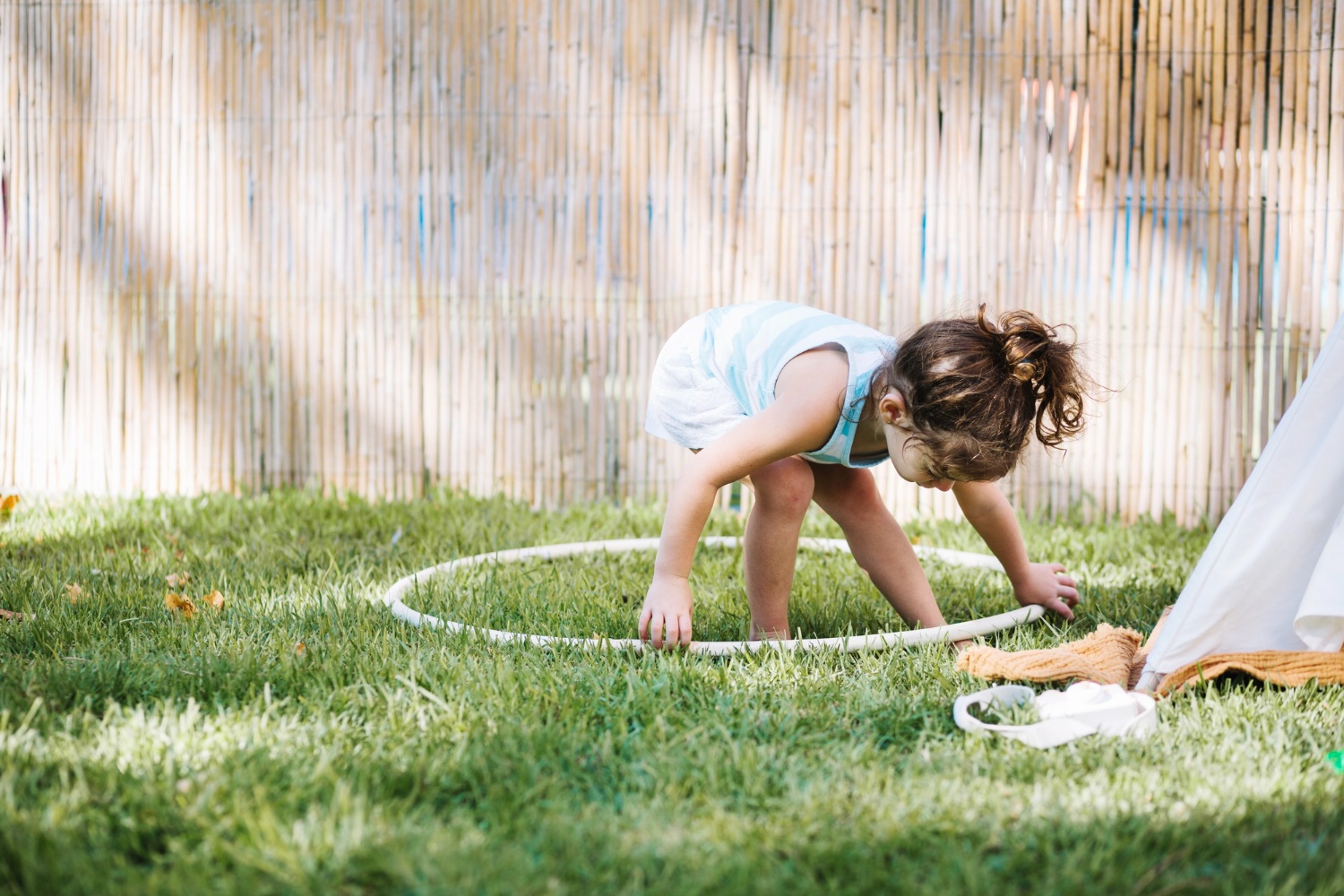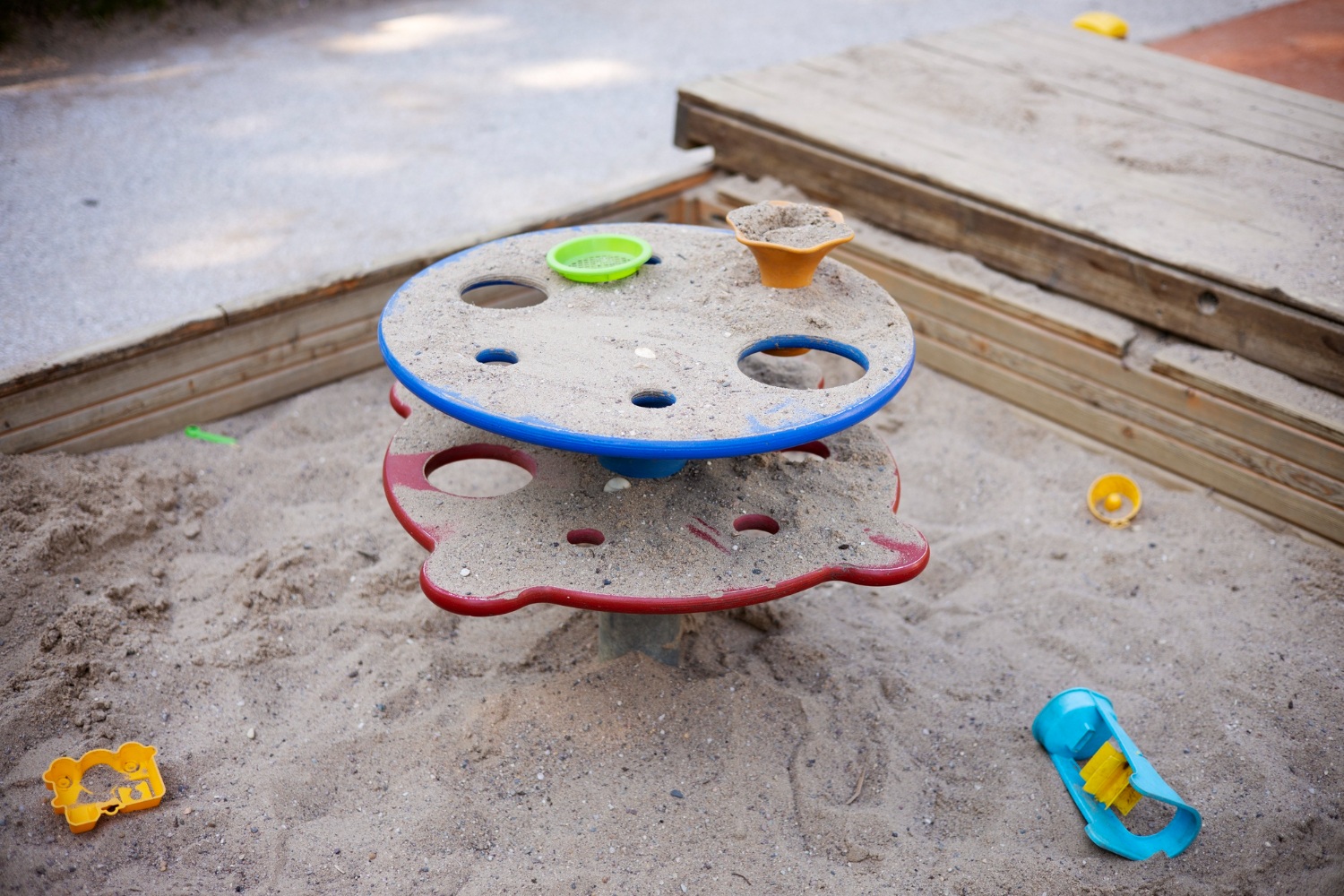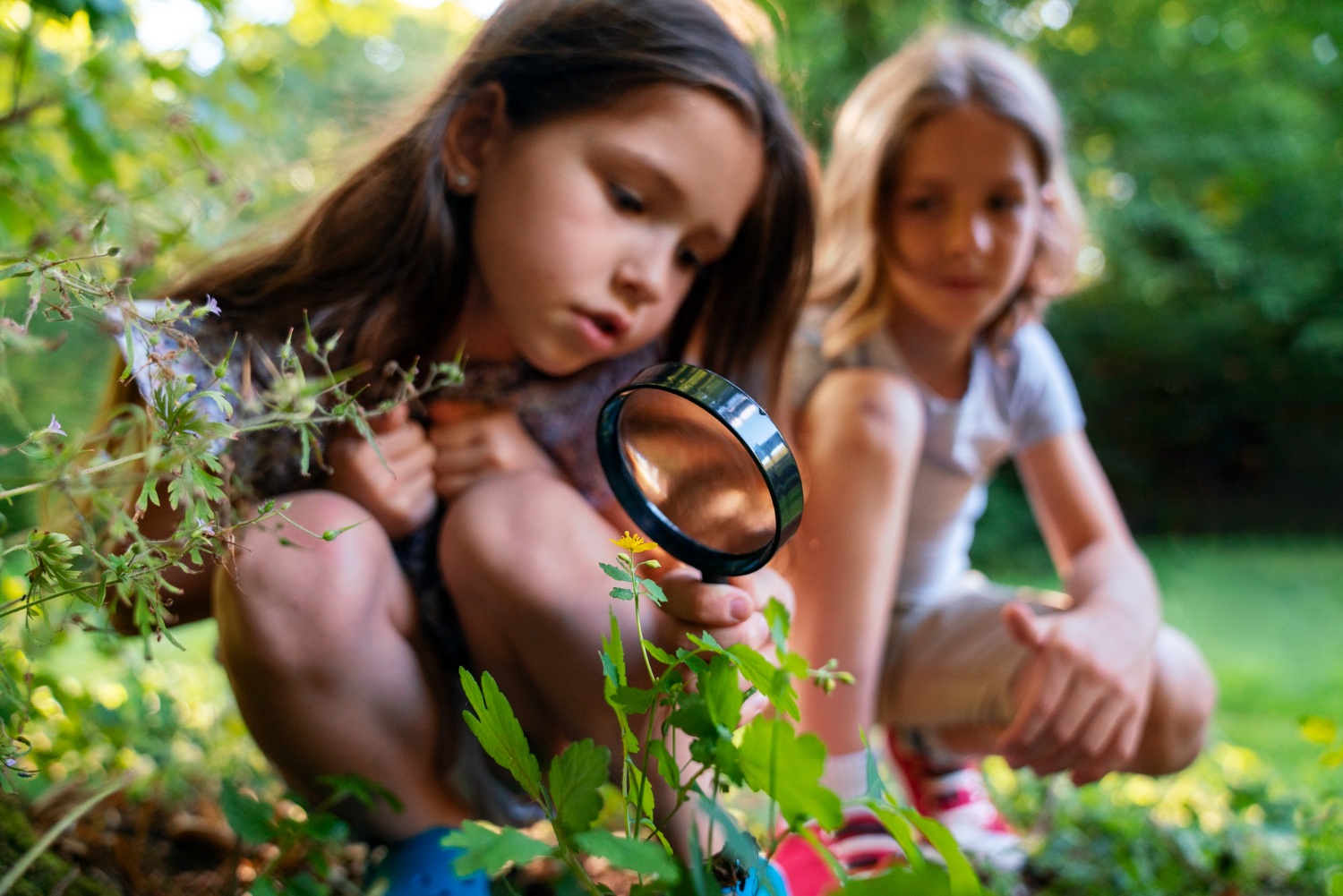What Makes a Sensory Garden Unique

A sensory garden lets you use all five senses in one place. You see bright colors, hear soft sounds, smell sweet flowers, touch rough leaves, and taste fresh herbs. This garden gives you a special place to interact with nature and explore different sensory garden ideas. You get to try new things and see the world in new ways, going beyond just looking at plants. With sensory garden ideas, you use all your senses to enjoy them. Every time you visit, you discover something new. You can experiment with various sensory garden ideas to make the space even more inviting. You feel welcome and involved, no matter your age or ability, and you learn how each sense changes your experience in a sensory garden.
Key Takeaways
A sensory garden uses all five senses. People can see, hear, smell, touch, and taste nature in special ways. These gardens help people relax and feel calm. They can lower stress and help your mind feel better. Sensory gardens welcome everyone. People of any age or ability can enjoy them. This makes nature easy for all to reach. Using many kinds of plants and features makes the senses stronger. It also makes the garden bright and fun. Making a sensory garden can be a great family project. It helps families work together and have fun. It also helps people feel close to nature.
Sensory Garden vs Traditional Garden

What Sets Them Apart
When you go to a sensory garden, it feels special. It is not like other gardens. The main idea is to use all five senses, not just your eyes. You can see bright flowers. You hear soft sounds. You smell sweet scents. You touch many textures. You can even taste some plants. This makes your visit more fun and hands-on.
Here is a table that shows how a sensory garden is different from a traditional garden:
Feature Type | Sensory Gardens | Traditional Gardens |
|---|---|---|
Sensory Engagement | Engages all five senses (sight, sound, taste, touch, smell) | Primarily focuses on sight and smell |
Plant Variety | Colorful, fragrant, and edible plants | Limited variety, often ornamental |
Pathways | Gentle winding paths with varied materials | Straight paths, often uniform |
Additional Elements | Water features, wind chimes, textured stones | Minimal additional sensory elements |
Mindfulness | Designed to promote mindfulness | Typically not focused on mindfulness |
A sensory garden has more than just plants. It uses water features, wind chimes, and stones with texture. These things help you enjoy the garden in new ways. The paths curve and have different materials. You feel the ground change under your feet. This design helps you slow down and notice each part.
Tip: Walk slowly in a sensory garden. Try to see how each sense feels in the space.
Sensory Engagement
A sensory garden lets you interact with everything around you. You do not just look at plants. You touch, smell, listen, and sometimes taste them. This helps you feel closer to nature and enjoy the moment.
Here is another table to show how sensory gardens help you get involved:
Aspect | Sensory Gardens | Traditional Gardens |
|---|---|---|
Engagement | Engages all five senses | Primarily focuses on visual aesthetics |
Interaction | Encourages exploration and participation | Limited audience participation |
Design Components | Incorporates elements for touch, sound, smell, taste, and sight | Often lacks multi-sensory elements |
You might find herbs that smell nice near a bench. You can enjoy their scent while you rest. Water features make soft sounds and cool mist on your skin. Raised beds let you touch leaves and flowers easily. Some gardens have edible plants, so you can taste fresh herbs or berries.
You can feel fuzzy leaves or smooth stones.
You might hear water trickling or wind chimes ringing.
You can smell lavender or mint as you walk.
You may taste a ripe strawberry or basil.
You see bright colors and fun shapes everywhere.
A sensory garden also helps you be mindful and playful. When you focus on a leaf or the sound of water, you notice the present moment. This can help you relax and feel less stressed. Kids can explore safely and learn about nature by touching and moving. Planting and watering can help you feel calm and focused.
Note: Sensory gardens often have quiet spots where you can rest. These places help everyone, especially people who need a break.
A sensory garden lets you enjoy nature in a deeper way. You use all your senses, so every visit feels special and fun.
Sensory Garden Ideas

Sight
You can make your sensory garden look exciting with bright colors and shiny things. Try putting hot-pink zinnias next to chartreuse coleus. This makes the colors stand out. Tall sunflowers beside short, silver thyme give the garden different heights. Mirrors or shiny decorations make the garden look bigger, especially when it gets dark. These sensory garden ideas help you use your senses and notice small things. As you walk, you see bold colors and fun shapes that make you want to look around.
Hot-pink zinnias and chartreuse coleus for contrast
Sunflowers with silver thyme for height and texture
Mirrors to reflect light and expand the space
Sound
Sounds are important in sensory gardens. Water features, wind chimes, and grasses that move in the wind make the garden peaceful. The soft sound of water helps you feel calm and covers up loud noises. Birds and frogs come to visit and add their own sounds. You feel relaxed and close to nature when you listen. Nice sounds make you like the garden more and make every visit special.
Benefit Type | Description |
|---|---|
Aesthetics & Visual Appeal | Enhances beauty, elegance, and serenity, creating a soothing atmosphere. |
Relaxation & Stress Reduction | The sound of flowing water promotes relaxation and reduces stress, providing a peaceful retreat. |
Masking Noise | Flowing water sounds can mask unwanted noise, creating a more harmonious environment. |
Wildlife Attraction | Attracts birds, butterflies, and frogs, supporting biodiversity and providing educational experiences. |
Cooling Effect | Evaporation from water features cools the surrounding area, enhancing comfort in hot weather. |
Smell
Smells in a sensory garden come from special plants. English lavender fills the air with a sweet and fresh scent. Peppermint smells strong and cool. Southern magnolia and Japanese honeysuckle add sweet and earthy smells. These sensory garden ideas make you stop and take deep breaths, helping you feel calm and aware.
Plant Name | Description |
|---|---|
English Lavender | A perennial with fragrant purple flowers, known for its floral, herbal, and woodsy scent. |
Peppermint | Emits a strong aroma due to menthol, reminiscent of Vicks VapoRub. |
Southern Magnolia | Produces flowers with a complex scent of sweet floral notes, citrus, earthy musk, and vanilla. |
Japanese Honeysuckle | A climber with trumpet-like blossoms that releases hints of jasmine and vanilla in the evening air. |
Touch
You can feel many textures in the garden. Lamb’s ear has soft, fuzzy leaves. Celosia has flower heads that feel plush. Creeping thyme smells nice when you touch it. Raised beds and bumpy paths make you want to touch plants and surfaces. These sensory garden ideas make playing and being calm part of your time in the garden.
Plant Name | Type | Tactile Features |
|---|---|---|
Celosia | Annual | Velvety and plush flower heads in various colors |
Lamb’s ear | Perennial | Extremely soft, silver-gray leaves |
Mexican bush sage | Tender Perennial | Velvety gray-green leaves and fuzzy flowers |
Creeping thyme | Ground Cover | Releases pleasant aroma when brushed against |
Taste
Taste lets you enjoy the garden in a new way. You can pick cherry tomatoes, strawberries, or snap peas right off the plant. Edible flowers like nasturtiums and pansies add color and taste. Herbs such as mint, lemon balm, and basil give you fresh flavors. Sensory garden ideas like taste stations let you try and learn about new foods. Blueberry bushes mixed with other shrubs give you treats at different times of the year and make the garden more fun.
Cherry tomatoes
Strawberries
Snap peas
Edible flowers (nasturtiums, pansies)
Herbs (mint, lemon balm, basil, rosemary)
You use all your senses in a sensory garden. Each part asks you to play, explore, and pay attention. These sensory garden ideas help you find new ways to enjoy nature.
Benefits of Sensory Gardens
Wellness
A sensory garden can help you feel better. Spending time here helps you relax. Water features and gentle sounds make the space peaceful. Soft scents also help your mind feel calm. When you walk in the garden, your mood gets better. Gardening can help you feel happier, even in winter. You also get a sense of purpose and routine.
Study Focus | Findings |
|---|---|
Seasonal Affective Disorder (SAD) | Gardening helps regulate mood and energy levels, providing structure and purpose during challenging seasons. |
Stress Reduction | Regular periods of stillness in gardens activate relaxation responses more effectively than indoor meditation. |
Neurochemical Changes | Gardening stimulates the release of serotonin, dopamine, and endorphins, supporting emotional regulation. |
Anxiety Reduction | Therapeutic gardening reduces anxiety symptoms by an average of 47% within eight weeks. |
Depression Scores | Participants in gardening programs experienced a 35% reduction in depression scores compared to control groups. |
Cognitive Function | Regular gardening improves attention span, working memory, and executive function abilities. |
A sensory garden can lower stress. Doing simple tasks like planting or watering helps you feel calm. Touching plants or hearing water makes you relax. These activities help your mind recover from stress. Every visit supports your mental health.
Inclusivity
A sensory garden is for everyone. People of all ages and abilities can enjoy it. The garden has features that make it easy to use. Wide, smooth paths work for wheelchairs and strollers. Raised beds help you reach plants. Ramps and handrails make moving around safe.
The Sensory Garden Playground uses sight, sound, touch, and smell.
Fragrant herbs and sound instruments help you interact with the garden.
The design lets you play with others and make friends.
Camp Barnabas’s garden meets many sensory needs and inspires other places.
School gardens help students with special needs learn by doing. You build motor skills and teamwork while gardening.
Description | |
|---|---|
Auditory Experiences | Wind-activated instruments and echo walls enhance sound exploration for all ages and abilities. |
Tactile Exploration Pathways | Diverse textures in pathways provide sensory experiences for both ambulatory visitors and those with mobility devices. |
Fragrance Zones | Dedicated areas with various scents create calming and energizing experiences while considering sensory sensitivities. |
Visual Considerations | High contrast and color theory applications assist those with vision impairments in navigating the garden. |
Taste Gardens | Edible plants and tasting stations promote engagement and education about food and nutrition. |
Sensory gardens help people with sensory challenges. Touching soil or smelling flowers can lower anxiety. These activities help you feel better. You find safe places to explore and meet others. The garden makes everyone feel welcome.
Engagement

A sensory garden asks you to join in. You do more than just look. You touch, smell, listen, and taste. These activities help you focus on what is happening now. You feel close to nature and people.
Gardening in a sensory garden helps you make friends. You work together and share jobs. You celebrate when you finish tasks. This teamwork helps you feel happy and less lonely. Kids, adults, and seniors all benefit from these friendships.
Evidence | Description |
|---|---|
Gardens foster social interaction, combating loneliness and strengthening community bonds. Seniors experience increased happiness, purpose, and self-esteem. | |
Opportunities for Interaction | Community gardens create spaces for seniors to work together, developing friendships and a sense of belonging, which reduces loneliness. |
Enhanced Social Networks | Collective gardening efforts help seniors stay connected, enhancing their social networks and fostering camaraderie, which supports emotional health. |
You also get better at using your senses. Planting, weeding, and tasting herbs help you learn. You feel proud when you try new things and succeed. The garden is a place for fun, learning, and growth.
Tip: Ask friends or family to visit a sensory garden with you. You can share the fun and make memories together.
A sensory garden helps your mind, gives you a calm place, and lets you connect with others. You find peace, friendship, and fun every time you visit.
Create a Sensory Garden
Planning
You can start planning your sensory garden by thinking about who will use it. Invite children to help set goals for the space. Ask them what plants they want and how they imagine the garden. Choose a sunny spot that gets at least six hours of sunlight each day. If you have limited space, try container gardening. Sketch a simple layout on graph paper or cardboard. This helps you see where each plant will go before you begin. Select plants that stimulate your senses. Pick fragrant herbs, textured leaves, colorful flowers, and edible plants. Make a care chart for each plant’s sunlight and water needs. This chart can be a fun project for kids and helps everyone remember how to care for the garden.
Tip: Involve your family or community in each step. You will build excitement and share the work.
Design Tips
You can make your sensory garden more immersive by using smart garden design ideas. Engage all five senses by creating zones for sight, sound, touch, taste, and smell. Use a variety of plants to stimulate each sense. For sight, choose colorful flowers and foliage. For sound, add plants that rustle in the wind or install a small fountain. For touch, select textured plants like soft ferns or lamb’s ear. For taste, include edible herbs and berries. For smell, plant fragrant herbs and bulbs. Place scented plants near pathways and seating areas so you enjoy their aroma as you walk or rest.
Try adding different textures with smooth stones, soft grasses, and rough bark. Bright colors like sunflowers can lift your mood, while blue and green flowers create a calm feeling. Cozy seating areas, such as benches or hammocks, invite you to relax and enjoy your sensory garden. A small pond or fountain adds soothing sounds and helps you feel peaceful.
Sensory Feature | Example Plants or Elements | Placement Ideas |
|---|---|---|
Sight | Sunflowers, coleus, mirrors | Group by color, near entrance |
Sound | Fountain, wind chimes, grasses | Near seating or pathways |
Smell | Lavender, mint, bulbs | Along paths, near benches |
Touch | Lamb’s ear, ferns, stones | Raised beds, tactile zones |
Taste | Basil, strawberries, blueberries | Edible garden beds |
You can create a sensory garden that welcomes everyone and makes each visit special.
Sensory gardens let you use all your senses outside. You see bright colors and hear soft sounds. You can touch plants and taste some too. These gardens help people feel calm and safe. Studies show sensory gardens help people feel better and make friends:
Description | Contribution |
|---|---|
Collective space | Brings people together and helps stop loneliness |
Individualized care | Helps everyone feel good, no matter their age |
Access to green space | Makes your mind feel better |
You can make your own garden with bee balm, rosemary, aspens, figs, or lamb’s ear. Look for guides that show you how to make a sensory garden. Try new ways to play and learn outside.
FAQ
What is the best location for a sensory garden?
You should choose a spot that gets at least six hours of sunlight each day. Pick a place that is easy to reach and safe for everyone. A flat area works best for paths and raised beds.
Can you make a sensory garden in a small space?
Yes! You can use containers, window boxes, or raised beds. Place them on patios, balconies, or even along walkways. Choose plants that offer color, scent, and texture. Small spaces can still give you a full sensory experience.
Which plants are safe for children in a sensory garden?
You should pick non-toxic plants like sunflowers, lamb’s ear, strawberries, and mint. Avoid plants with thorns or toxic parts. Always check plant safety before planting. Teach children not to eat anything unless you say it is safe.
How do you keep a sensory garden low maintenance?
Choose hardy plants that need little care. Use mulch to keep weeds down and soil moist. Install drip irrigation for easy watering. Group plants with similar needs together. This helps you save time and effort.
Who benefits most from sensory gardens?
Everyone can enjoy a sensory garden. Children, seniors, and people with disabilities find these gardens helpful. Sensory gardens support learning, relaxation, and social time. You can create a space that welcomes all ages and abilities.
See Also
Unique Sensory Garden Concepts That Inspire School Environments
The Enchantment of Sensory Play in Today's Homes
Easy Suggestions to Create an Engaging Sensory Corner
Essential Elements for Effective ASD Sensory Rooms in Schools
